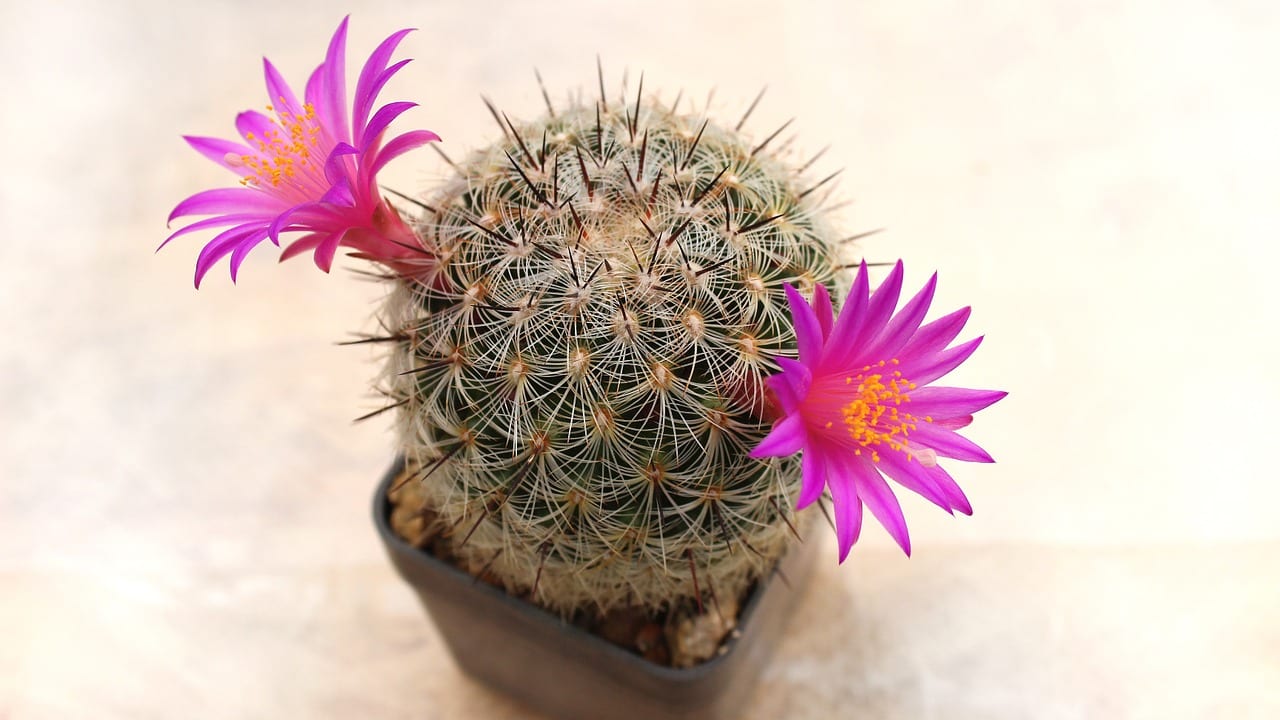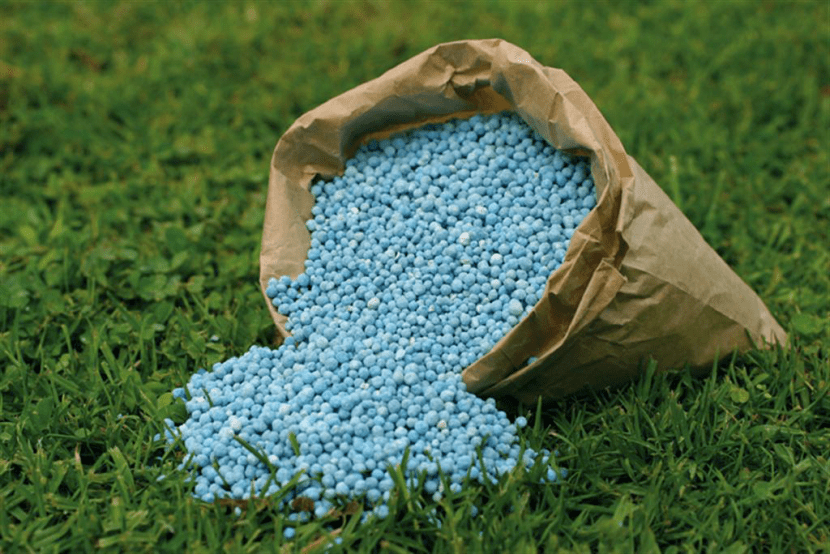
Succulents are very special plants that have managed to adapt to an environment where any other plant would have great difficulties to get ahead. Thanks to their survival strategies, they have made their leaves and / or stems their particular store of water. A warehouse that keeps them safe during the hottest and driest time of the year.
However, we usually think that with these reserves they already have enough to grow, but the reality is that all plants, regardless of their type, need to feed. Therefore, we could say that water is essential for life, and food, or in this case compost, is essential for growth. Therefore, I am going to explain to you when and how to fertilize succulents.
Before I begin, I would like to say something that I think is important. For a long time, perhaps too long, it has been said and written that succulents are very resistant to drought and do not require much maintenance. Well, this is from my point of view a mistake. A cactus, or a crass plant, needs to be watered, fertilized and, if necessary, protected from the cold, in the same way as a, for example, hydrangea.
Obviously, succulents and hydrangeas come from very different places and, as a consequence, need different care. But We cannot think that succulents are "off-road" because, if we do, we will plant them in the xero-gardens in a place where it hardly rains and after a few years we will have to remove them and put them in the compost.
Having said that, How can we have really healthy and beautiful succulents? Fertilizing them regularly.
In nurseries and garden stores we find Specific fertilizers for cacti and succulents, in liquid or granular form. These fertilizers are mineral, which is logical since the roots of the succulents are not prepared to absorb the nutrients of the organic fertilizers, since in the place where they live there is very little organic matter in decomposition. These products contain all the minerals they need. Yes indeed, To avoid overdose, follow the manufacturer's instructions to the letter..
If you prefer to use something different, I recommend the blue Nitrofoska, the typical blue bean compost that is sold almost anywhere. You have to pour it every 15 days on the surface of the substrate and then water. The amount to pour will depend on the size of the plant. For instance:
- Cactus and small succulents (less than 40cm tall): a small spoonful.
- Cactus and medium succulents (41 to 1m high): two small tablespoons.
- Cactus and large succulents (more than 1m):
- on the ground: three small tablespoons, maximum four.
- potted: two or two and a half small tablespoons.

Image from Elalamillo.net
Now that we know how much fertilizer to apply, we have to know what is the best time to feed our succulents. Well, here are opinions for all tastes. Some say that only in summer, others that only in spring, others that in spring and summer, and others that it can be paid even in autumn and, in less quantity, in winter. Who is right?
Sincerely I dont know. So I'm going to give you some advice: investigate and learn what your weather is like, if it is cold, if and when frosts occur, if it is very hot in summer, etc. And also observe your plants to see how long they are growing.
I could tell you that you can pay well into autumn, but that would not be true if you live in an area where significant frosts occur in autumn. Therefore, even if you don't like the weather too much, it is highly advisable to take a look at the sky from time to time to see how the plants react.
Even so, I would not like to finish this article without first giving you some keys that can be very useful to know when to pay:
- The minimum temperature is more than 15 degrees Celsius and the maximum is 40ºC.
- Frosts do not usually occur, or they are very weak (-1 or -2ºC), of short duration and very punctual.
- It is a plant that has never been fertilized since it was purchased.
And if you have doubts, you know, do not leave them in the inkwell. 🙂
What time of year to use in the southern hemisphere, now is it summer, how often? Thanks.
Hi Marisa.
The ideal time to pay is the same all over the world: spring, summer. It can also be done in autumn if the weather is mild.
Regarding the frequency, it will depend on the fertilizer that is used. If it is chemical, you must follow the instructions specified on the package, and if it is blue Nitrofoska, every 15 days or so.
A greeting.
Hello, when do adenium seedlings start to be fertilized and what fertilizer to use?
And as the months go by, you have to change the fertilizer and which one to use?
I'm from Mallorca
Hi Miquel.
You can start fertilizing when they reach a height of about 5cm, with a specific liquid fertilizer for cacti and succulents.
Greetings.
What do you think of the natural fertilizer of banana and eggshell?
Hello Adriana.
For any other type of plant I would say that it is great, but for cacti and succulents I do not see it very suitable. He thinks that in the places where they live there is hardly any decomposing organic matter, that is why their roots absorb fertilizers of mineral origin better.
Greetings.
Hello, I have a Pachypodium Lamerei, approximately 50 cm, and I fertilize it every month with triple 17 during spring and summer, but did you mention that there are specific fertilizers for cacti and succulents, would there be much difference if I get that? thanks greetings.
Hi Tona.
No, there won't be much difference 🙂
You can continue paying it with triple 17 without problem.
A greeting.
Nitrophosca can be applied and after several days other fertilizers
Hi Elsa.
No, it is not possible. If a fertilizer is applied within a few days of fertilizing it, the roots will die. At least, you have to wait 15 days, (some products are every 30 days; you must always follow the instructions on the container to avoid problems), and never add two or more fertilizers at the same time.
Regards!
Hello,
I have a very small crassula rupestris, can I fertilize it now or do I have to wait for it to grow?
In general, cacti and succulents cannot be fertilized when they are small?
Thank you
Hi Macarena.
Yes, you can pay when they are small.
Greetings.
Thank you!!
To you.
Hi there! I use diatomaceous earth as a natural insecticide. I would like to know if it is correct. I also know that it works as a fertilizer. I wait. Thanks,
Hello Guillermina.
Diatomaceous earth is, for me, the best product. It is an excellent insecticide, but it also works as a compost since it contains many nutrients, such as silica, nitrogen, iron, or phosphorus. So yes, without a doubt you are right to use it.
Greetings.